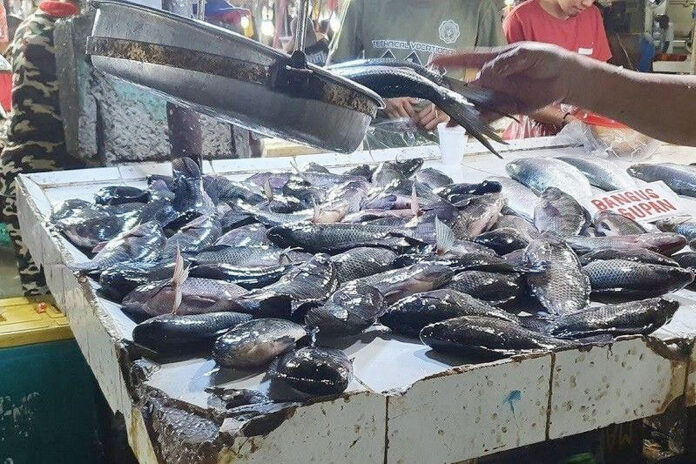THE first trials at the tilapia intensive hatchery in Los Baños, Laguna have been successful, according to the Bureau of Fisheries and Aquatic Resources (BFAR).
BFAR said in a statement that its regional office in Calabarzon achieved a 95% hatching rate at the facility.
It added that the hatchery, the second of its kind in the region, can produce 300,000 fry in three to five days and has six fry trough and hatching jars.
After the trial run, the BFAR said it hopes to complete four hatchings per month.
“With 95% hatching rate and 80% survival of fry, the hatchery can produce around 960,000 fry in a month. In order to achieve this, more breeders will be required,” the BFAR said.
BFAR National Director Eduardo B. Gongona said the hatchery project seeks to put forward a model hatchery that can increase production at minimum costs.
“As part of BFAR’s Tilapia Commodity Program, the tilapia intensive hatchery project is expected to secure sustainable supply of fry/fingerlings, eventually helping our tilapia farmers,” Mr. Gongona said.
According to the BFAR, hatchlings are uniform in size and promise quicker returns for farmers.
“Tilapia intensive hatchery is a type of artificial breeding of tilapia in which eggs are collected from the mouths of the female breeders, incubated in the artificial incubation system facility where they are placed in jars until hatched and become swim-up fry for further rearing,” the BFAR said.
“This technology differs from other types of hatchery wherein the breeders spawn naturally in the breeding units and eggs are incubated and hatched in the mouths of female breeders, then released from the mouths as swim-up fry,” it added.
In 2016, the BFAR adopted the intensive hatchery farming system of a US company, Aqua Farming Technology, Inc. Facilities using the system have since been set up in 13 regions.
The BFAR said fry and fingerling production was 208.35 million in 2020, according to reports from regional offices and national centers.
“The emergence of more tilapia intensive hatcheries around the country means more sources of fry and fingerlings in the coming years, eventually achieving the goal to supply annual demand of 2.1 billion tilapia fingerlings,” BFAR said. — Revin Mikhael D. Ochave

